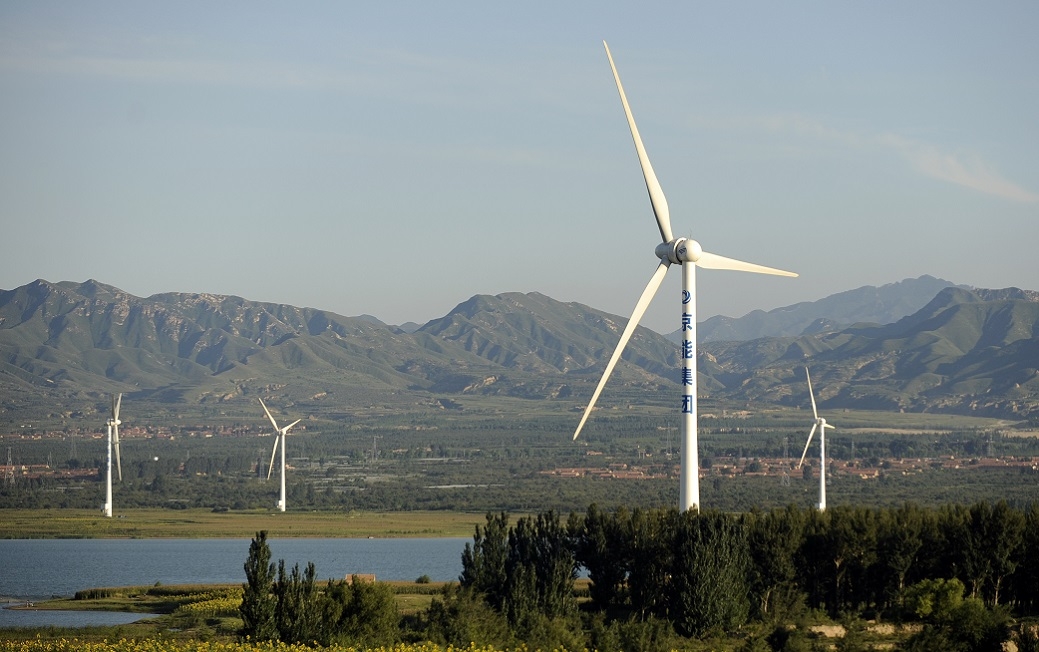A Clear Opportunity: U.S.-China Collaboration on Clean Air
A New Asia Society Report

Air pollution continues to be a major threat to human health in China. The Chinese government is committed to addressing this problem, and doing so will require a rapid and extensive deployment of clean air technologies and an enabling regulatory environment that encourages manufacturing innovation and technology adoption. With appropriate planning, this large-scale deployment of clean air technologies can also reduce China’s greenhouse gas emissions, helping achieve the country’s longer-term climate policy goals.
The United States has a long history of collaboration with China on air quality and climate policy, with the benefits of this collaboration accruing on both sides. The U.S. and China are strengthening harmonization of air quality and greenhouse gas regulations, which in turn is providing a common, competitive market for clean tech companies. California’s experience is especially illustrative. The state is cultivating private sector innovations in clean tech through stringent regulations on polluting industries, while demonstrating that economic growth can be sustained. For China, cleaning its air while maintaining growth is an important goal.
A new Asia Society report, entitled A Clear Opportunity: U.S.-China Collaboration on Clean Air, produced in collaboration with the Clean Air Alliance of China (CAAC), the Energy Foundation China, and an extensive group of advisors and experts, explores the potential for continued U.S.-China collaboration on clean air technologies and policies. The report identifies priority areas for collaboration on clean air technologies, enabling regulations, and market facilitation, which will also support broader collaborations between the U.S.-China climate change mitigation.
The report was released on December 15 in Beijing, China at the 2016 Bluetech Clean Air Forum. Organized by the Clean Air Alliance of China, the Forum gathers 300 participants, including policymakers, Chinese and international experts, local environmental departments, technology companies, environmental organizations, researchers, and media, to learn about emerging trends and new cutting-edge clean air technologies around the world. Release events are also being planned in the United States in early 2017.
Project Advisory Committee
Mary Nichols, California Air Resources Board
Robert B. Weisenmiller, California Energy Commission
Lijian Zhao, Energy Foundation, China
Tonny Xie, Secretariat for Clean Air Alliance of China
Rasto Brezny, Manufacturers of Emission Controls Association
William Collins, Climate Readiness Institute
Hui He, International Council on Clean Transportation
Fan Dai, California Environmental Protection Agency
Robert W. Hsu, Asia Society Northern California
Jim Williams, Deep Decarbonization Pathways Project



